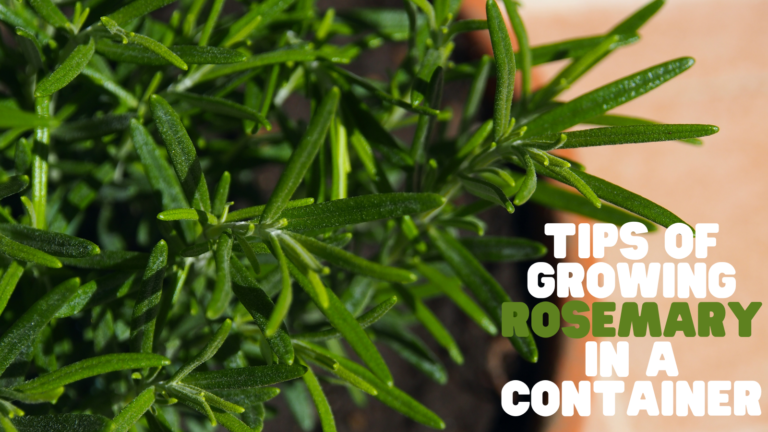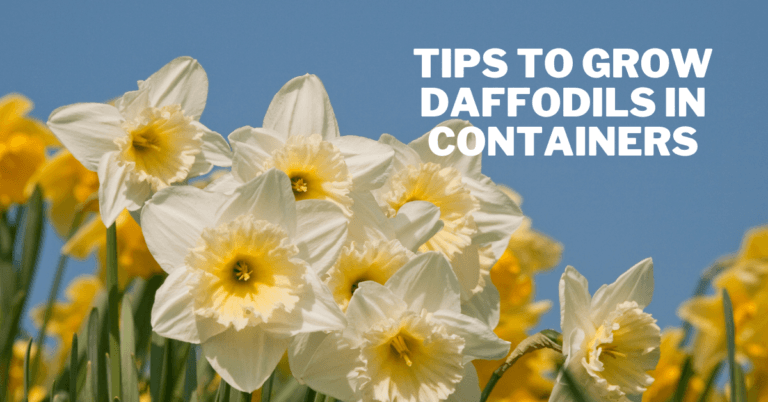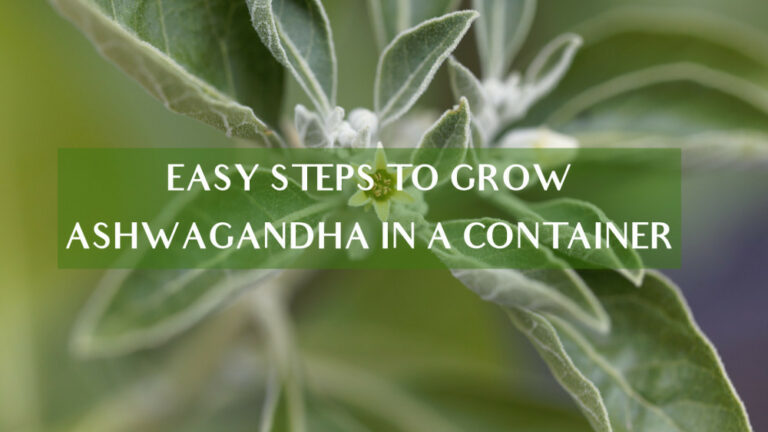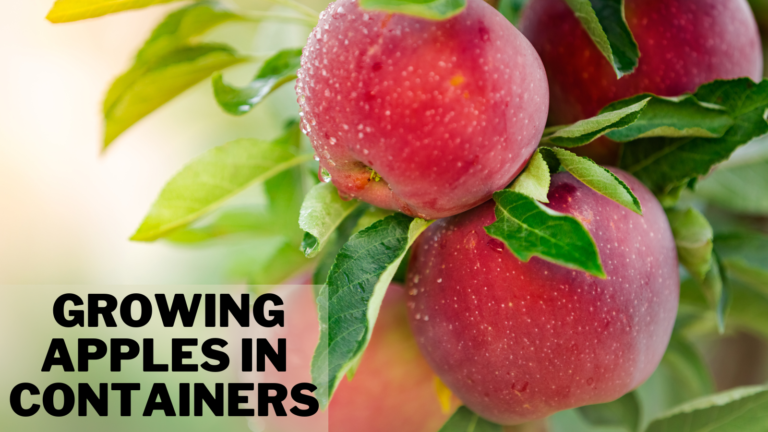Best Steps To Grow Malva In Containers
Best Steps To Grow Malva In Containers
One of the most underappreciated garden flowers is the Malva plant, sometimes known as the common Malva (Malva neglecta).
The Malva plant, which is incorrectly viewed by many as an annoyance or a weed, is a lovely and practical addition to the yard.
These big, old-fashioned flowers, also referred to as French hollyhock or tall mallow, are a vital component of the cottage garden. So, let's find out about the steps to grow Malva in containers.
History & Origin Malva
Malvaceae, also known as the hibiscus or mallow family, includes various blooming plants, including those belonging to the genera Hibiscus and Malva.
The soldier rose mallow (H. militaris), a shrub that reaches a height of 2 meters (6 feet), the common, or swamp, rose mallow, and the big rose mallow (H. grandiflorus), all have substantial white to violet blooms (H. moscheutos).
Many Malva species are used in gardens, particularly the high mallow (M. sylvestris), whose leaves and flowers have been used medicinally, and the musk mallow (M. moschata), which can grow up to one meter (3 feet) high and bear rose-mauve or white blooms in the summer.
Abelmoschus moschatus (H. abelmoschus), another musk mallow, is cultivated extensively in tropical Asia for its musk-scented seeds.
In North America, the marsh mallow (Althea officinalis), a perennial plant from eastern Europe and northern Africa, has become a naturalized species, especially in marshy regions near the ocean. Its root was once used to manufacture marshmallow treats.
Other types of mallows include:
- The globe, or false, mallows (Sphaeralcea), which include the prairie, red false, or scarlet globe, mallow (S. coccinea), and the trailing mallow (S. philippiana).
- Jew's mallow or Tossa jute (Corchorus olitorius), a secondary source of jute from tropical Asia;
- Tree mallow (Lavatera arborea), growing up to 3 meters (10 feet), originally from Europe but naturalized along coastal California;
- Wax mallow (Malvaviscus arboreus), a reddish flowering ornamental shrub from South America;
- Poppy mallow (Callirhoe involucrata) is a hairy perennial, low-growing.
A group of shrubs and tiny trees known as chaparral mallows (Malacothamnus species) are indigenous to California and Baja California.
The wildflower known as the Carolina mallow (Modiola caroliniana) grows throughout the southern United States.
Numerous species, such as leafy vegetables in the West, can be harvested for food.
Turkish cuisine uses the green vegetable ebegümeci in various ways, including filling the leaves with bulgur or rice or serving the boiled leaves as a side dish.
Malva verticillata (Chinese: Pang Da Hai; Pinyin: dngháncài, Korean: auk) is cultivated on a small scale for commercial purposes in China.
When prepared as a herbal infusion, it is utilized for weight loss supplements and colon cleansing.
Young mallow leaves, which have a mild flavour, can be used instead of lettuce, although older leaves are better prepared as a leafy green vegetable.
Salads might benefit from the buds and blossoms. You can eat the plants' tiny fruits uncooked as well.
Except for in Kashmir, a state in northern India where Malva leaves are a highly regarded vegetable dish, the Bodos of Northeast India cultivate a subspecies of Malva called lapha and use it extensively in their traditional diet. Its name is “Soachal.”
Types Of Malva
Discover the best growth conditions for each variety of Malva flower and information on the several types that differ in floral height, colour, and size, among other characteristics. To grow Malva in containers, you should know about the best varieties.
1. Malva Sylvestris ‘Mystic Merlin'
The Malva Sylvestris‘ flowers have a spread of two inches and are a charming hue. This complete found is ideal for flower borders and gives a bushy impression. It can also be used in indoor villas and gardens full of flora and fauna.
French Hollyhock is yet another plant that speaks to this diversity. Given that it may be maintained without much effort on the part of the grower's office, it grows rather slowly.
This seed's planting window is from February to April, and the blooming window is from June to September.
2. Malva' Gibbortello'
This variety is additionally referred to as Malva Bibor Felho. It is a resilient perennial that usually reaches 1 to 1.2 meters.
It is a shrubby plant with royal blooms and night veins growing above long spikes. This found's blossoming flavour is “leap to summer.”
It self-seeds in some regions where the temperature and climate are right for this plant. Additionally, it is better if this discovery is put into compost made of dirt at once.
3. Malva Moschata
The Malva Moschata enjoys full sun and moist but well-drained soil inside the habitat and has a bushy growth style. The ground may contain live chalk, clay, sand, acidic, alkaline, or neutral soil.
This plant grows to its perfect height in two to five years. Additionally, this discovery is transient and reproduces itself.
It is possible to transmit live-grown historical seeds or historical basal cuttings. The ideal uses for this material are inside flowerbeds, borders, cottages, and gardens with wild animals.
4. Malva Moschata Alba
This variety is indigenous to Europe and Southwestern Asia, and its white, saucer-shaped flowers distinguish it.
The flowering season for this variety of flowers is from June to September. The discovered is hardy and tends to create clumps.
It spreads 3m and develops to a height of 90 cm. This variety is resilient within USDA zone 5.
The foliage of this plant is light green inside. It needs the sun's full power within the building to develop well and prosper.
5. Malva Moschata ‘Mixed'
Europe and North Africa are the original home of this diversity. These varieties are within USDA hardiness zones four to eight.
The flowers are pale pinkish and white in the blooming season, early summer to early fall.
This discovery expands to a height of 3 feet and a width of 2 feet. Its inner nature is bushy, and its growth pattern is upright.
This self-seeds under optimal climatic circumstances, so you don't need to worry about propagation or re-seeding.
For outstanding results, the seeds should be planted in a container with high-quality, soil-based compost.
Healing Properties Of Malva
Malva has a lengthy history in traditional medicine. Many countries' healers have investigated the benefits of Malva.
For instance, a Malva flower and leaf infusion can treat intestinal and stomach irritation. Steamed leaves or flowers of common Malva added to hot baths can help reduce spleen enlargement.
Typical Malva leaves are a common ingredient in cough remedies. For skin conditions, lotions, compresses, and the decoction of Malva flowers are used to reduce itching and cure wounds (obviously, due to the mucus contained in Malva).
Malva is additionally applied to the skin in medical cosmetology to repair the epidermis and avoid pustular skin rashes.
Malva flowers are preferred in traditional medicine due to their high sugar and nutrient content. Malva flowers are picked over leaves in conventional medicine because they contain more carbohydrates, vitamin C, and carotene.
The essential aspect is that Malva medicines have no contraindications or unfavourable side effects. Malva has several good qualities:
- Expectorant
- Softening
- Reparative
- Coating
- Anti-inflammatory
- Restorative
Take 2-3 cups of Malva tea each day to treat coughs. To make Malva tea, combine 2 teaspoons of finely chopped flowers (or leaves) with a glass of boiling water. If you want to add honey, the tea shouldn't be hotter than 104°F.
Grow Malva In Containers
Some people consider common mallow as weed, but it's much more. Common mallow has long been valued as a medicinal plant, and some species' leaves and blossoms can be consumed.
The common mallow is incredibly simple to grow because it appears to grow anywhere, whether in pots, garden beds, or flower borders.
A stunning addition to a garden, this plant is 15–61 cm tall and has flowers with pink, red, and whitish veins.
Container Requirements
You can choose from a wide variety of materials in sizes that you can manage. (Remember that it will be heavy when filled with dirt and wet.) Your plants will drown if the water cannot drain away.
Plant your flowers in a cheap, draining pot and place them in the decorative planter on top of some gravel if you wish to use one without drainage holes.
Soil To Grow Malva In Containers
The growing medium is not essential to the common mallow. It adapts to most gardens and can tolerate both sandy and clayey soils.
Rich organic soils and fertilizers are not always necessary. It can grow in neutral ground, but most will do best in soil with a pH of about 7.0.
Planting Malva
In the middle of May, yearly Malva seedlings are sown outside. Seedlings of biennial or perennial Malva are planted from August through September.
Direct sowing of biennial and perennial Malva seeds is possible. After late frosts, it is done in the spring, between April and May.
Two to three seeds are inserted into each tiny hole dug into the soil up to 1.2 inches deep.
The space between seedlings should be between 10 and 20 inches, depending on the type of Malva you are planting.
The hole has been wet, compressed, and filled with earth. Use a covering material to protect the sprouts from potential frost damage if the weather is unreliable.
The shoots will appear in two weeks if the weather is favourable. One tall seedling should remain in each hole until the shoots have three to four leaves.
Germination
During germination, zebra mallow seeds require consistent moisture. After sowing the seeds, water them again whenever the top of the soil dries out.
Plant seeds for direct sowing in moderate areas in late winter or early spring. The seeds must germinate and emerge from the earth for two weeks. You can either grow the seedlings or transplant them once they have appeared.
Water And Hardiness
The common Malva can thrive in many climates, with bushier types typically withstanding warmer temperatures.
This plant is resilient and can survive winter temperatures as low as -40°C. Once established, some types, such as the tree common mallow, can withstand drought well and return to life when the rains arrive.
Once established, the common Malva is a very drought-tolerant plant. Only during its first year do you need to water it every week. After that, you can cut your watering schedule to once every 10 to 14 days.
Alternately, if the rain doesn't give 2.5 cm of water per week, water established common mallow solely during its growing and flowering seasons. The leaves will be lusher if you give them more water.
Sunlight Requirements
The common mallow typically needs exposure to the full sun. It may flourish in some shade, but the blooms will suffer.
A plant will flower less if shaded, so give it at least six hours of direct sunlight each day. You won't need to stake your common mallow if it receives enough sunshine.
Fertilizer
An annual fertilizer will be quite beneficial for the resilient common Malva. In the late winter or early spring, fertilize using a high-quality, slow-release fertilizer.
An excellent option is a fertilizer with a N:P:K ratio of 10:10:10. After fertilizing, water liberally.
Organic natural plant food can be offered as an alternative. When planting your common mallow, add some organic compost to the soil to improve it and control drainage.
Pruning
The common mallow benefits from occasional pruning, especially the bushier forms. Trimming should be done when the frosts have subsided in late winter or early spring.
Frostbite can harm newly clipped plant tissue if exposed to subfreezing conditions. Trim the shoots to the first set of leaves to encourage new, wholesome, thick growth.
Use clean, sharp shears to reduce cross-contamination and constantly disinfect your tools between cuts.
Care Of Malva
Malva requires little maintenance. Thus, growing it is an easy task.
Malva requires constant, moderate watering, particularly throughout the dry summer, as well as weeding, soil loosening, and prompt deadheading of wasted flowers.
Additionally, it would be beneficial to feed the plant with mineral fertilizers that are dominated by nitrogen before it blooms.
Plant tall Malva along the fence or dig high pegs to stake the plant so heavy wind gusts won't break it.
To make an annual plant into a perennial one, remove all flower stalks from Malva as soon as the flowers have completed blooming.
This will prevent the seeds from developing. Everything has been taken care of.
Overwintering
Cut the stalks down to the basal leaves when the cold kills the foliage. (If you want a few plants to self-seed in the garden, leave a couple of them standing.)
For the winter, cover the plants with a layer of mulch or leaves in borderline climate zones (such as zone 4's northern range) to protect the roots. This mulch layer must be rapidly removed in the spring to avoid root rot.
Pests & Diseases Of Malva
Pythium root rot causes the leaves to become discoloured, wilt, and stunt. This disease can only be identified by taking the plant apart and looking at the roots.
The roots will be brown and stunted if they are there. This is a severe fungal illness and should be treated quickly when noticed.
Trim all remaining impacted roots with a clean, sharp instrument after removing any dead roots. Cut off a significant section of the root to prevent the fungus from spreading.
To remove any remaining mycelium, flush the area of soil. Clean your tools thoroughly between each cut to avoid spreading disease to the sound roots. If you're growing something in a container, wash the container well before using it again.
On the leaves of the common mallow, black, wet lesions can be seen as a symptom of Rhizoctonia aerial blight. An abundance of water brings on this disease.
If neglected, symptoms can develop quickly and cause the entire plant to seem wet, possibly developing the web-like mycelium of the fungus.
Using a fungicide spray would be the best course of action. Apply this outside only to reduce breathing in the chemicals.
The safest action would be to remove the soil and, if feasible, repot the plant in a new container. You can also use this to try to destroy the pathogen in the ground.
Harvesting Malva
Plants produce a lot of seeds; save them for the following year or leave them for self-seeding. Nutlets, or immature seed heads, are edible and can be eaten like cheese or a soft nut.
Mallow leaves can be prepared similarly to spinach and make a fantastic replacement. Some people like to pickle the buds and blossoms.
Plants can be deadheaded to enjoy consistently abundant blooms throughout the summer or left alone if you prefer them to develop into seedheads.
Conclusion
These medicinal herbs have historically been used to cure various infections and disorders, including colds, burns, coughs, tonsillitis, bronchitis, digestive issues, eczema, and cut wounds in various climates.
The Malva sylvestris leaves and flowers show a range of therapeutic properties as a natural product. So you may try to grow Malva in containers, and let me know if you need any help growing it.
I trust you enjoyed this article on the Best Steps To Grow Malva In Containers. Please stay tuned for more blog posts to come shortly. Take care!
JeannetteZ
>>>Please click here to read my all-inclusive article about Container Gardening<<<
>>>Are you interested in homegrown herbs and medicine? Please click here to find out more about it!<<<
Your Opinion Is Important To Me
Thoughts? Ideas? Questions? I would love to hear from you. Please leave me your questions, experience, and remarks about this article about the Best Steps To Grow Malva In Containers in the comments section below. You can also reach me by email at Jeannette@Close-To-Nature.org.
Disclosure
This post may contain affiliate links. As an Amazon Associate and other affiliate programs, I earn from qualifying purchases at no extra cost to you. Read my full affiliate disclosure.
You might also enjoy these blog posts:
Best Steps To Grow Verbascum In Containers
Best Steps To Grow Monarda In Containers
Best Steps To Grow Lollipops In Containers
What Is The Difference Between Stress And Depression





















